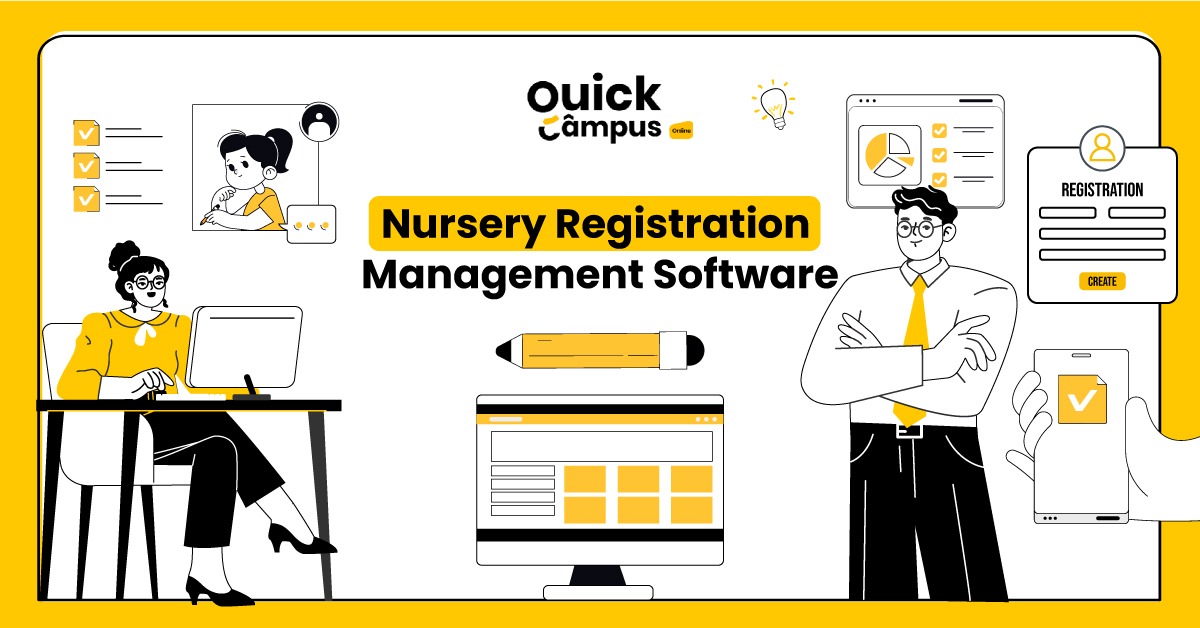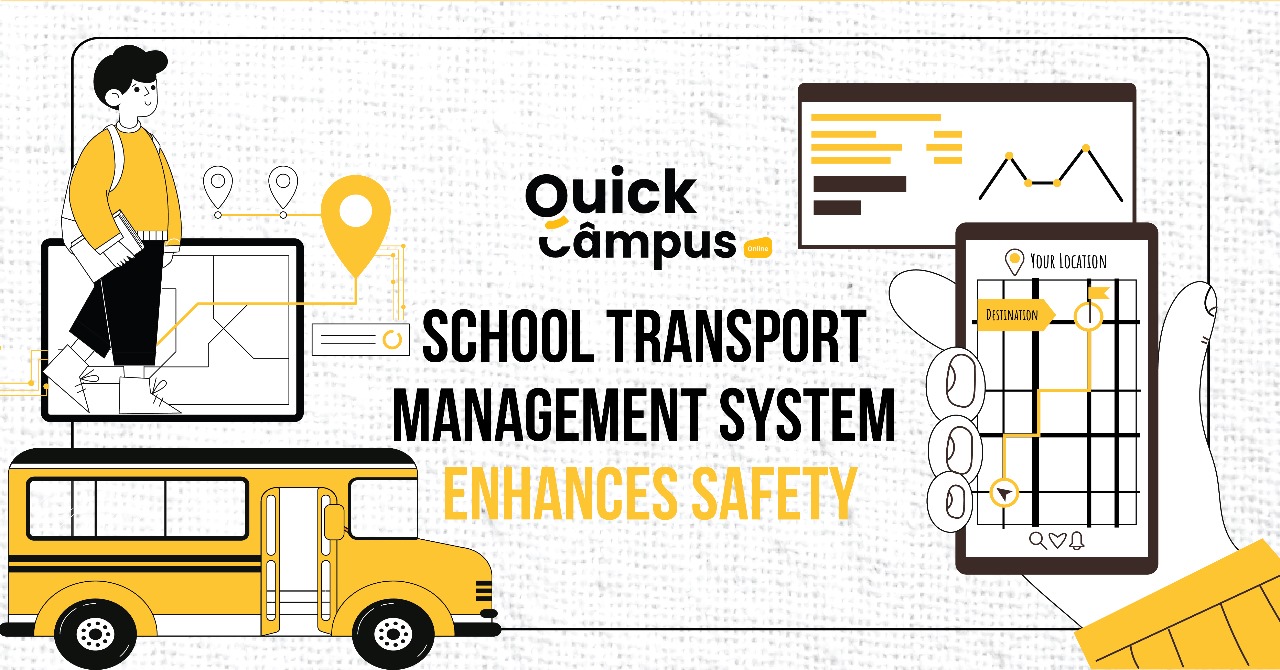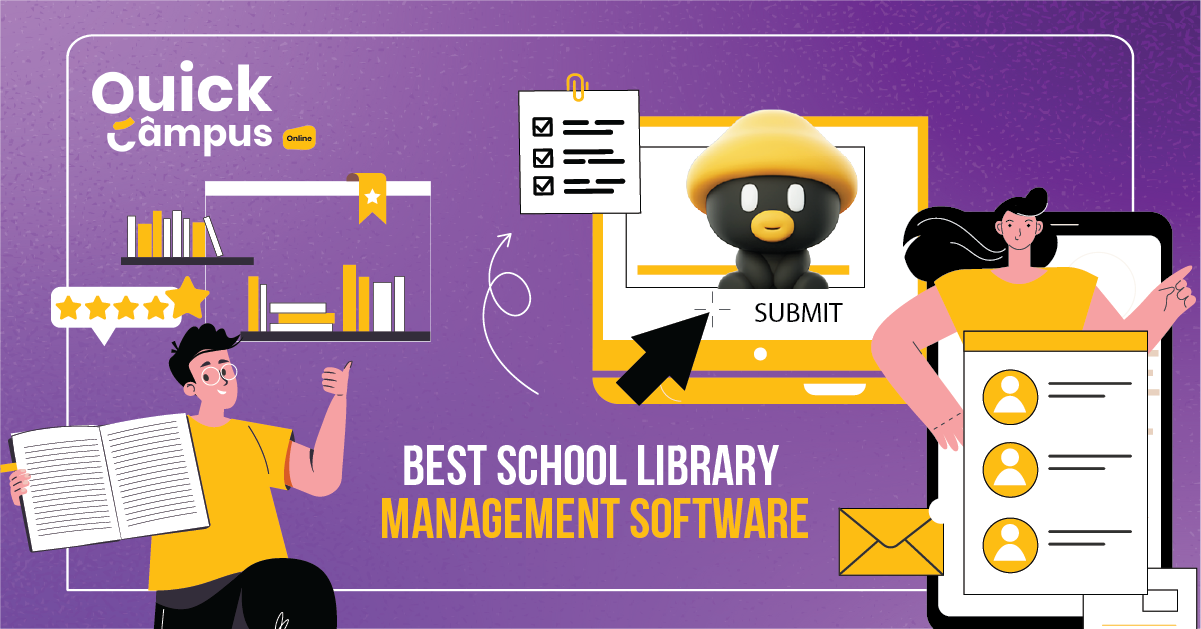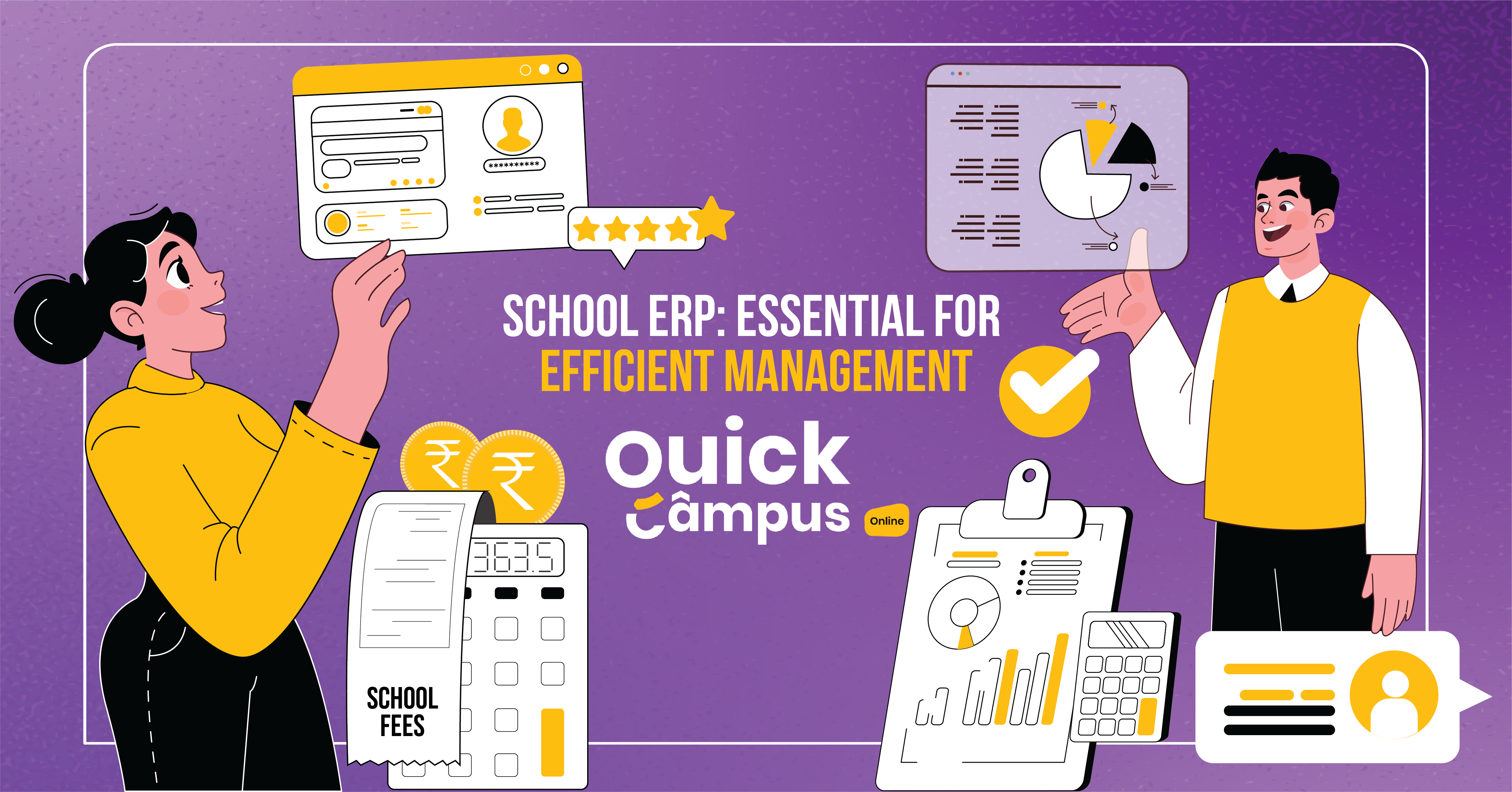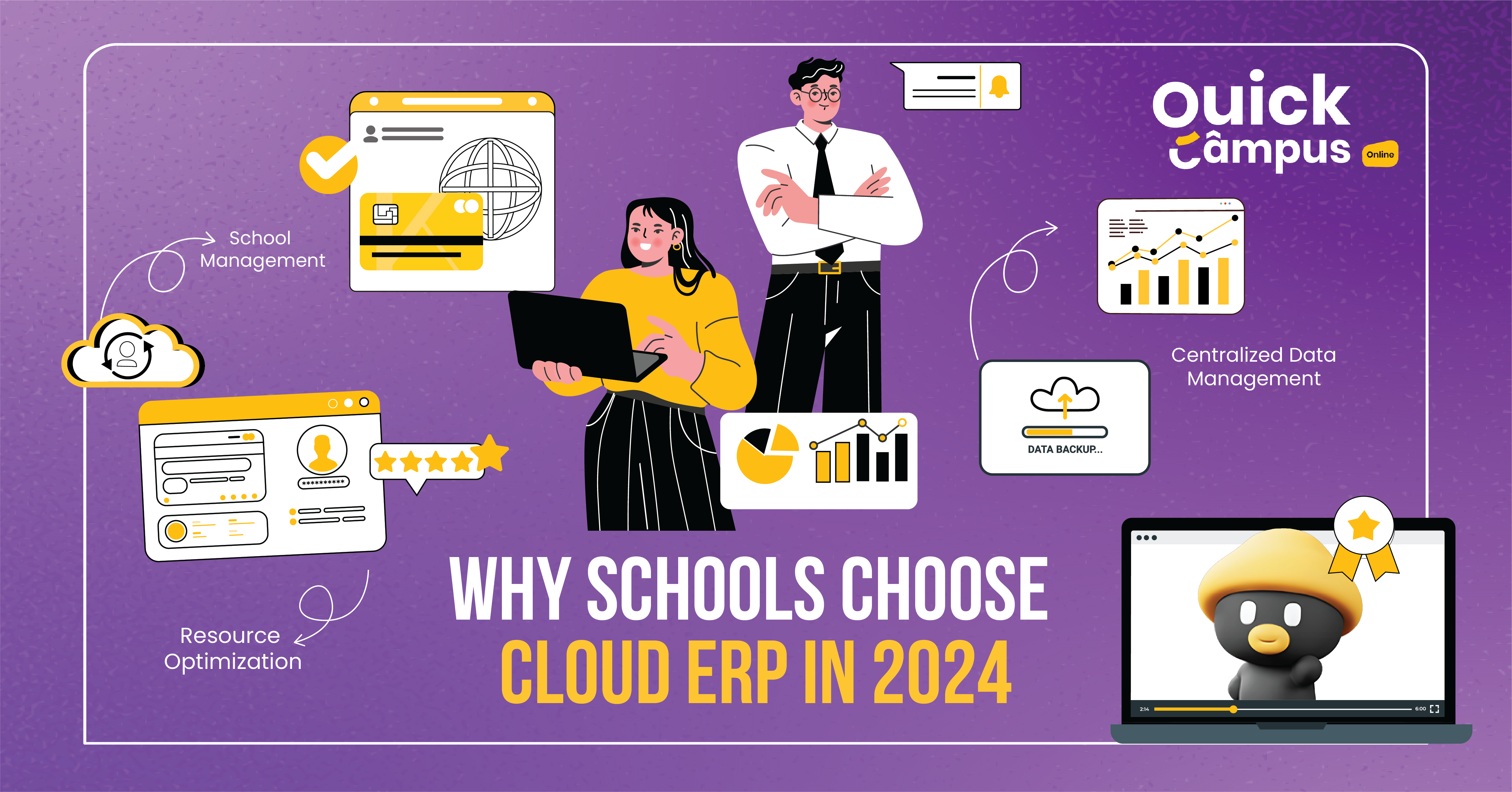Best Strategies To Improve Student Attendance
In education, student attendance is really important. It shows that students are committed, curious, and willing to work together. As teachers and schools, our goal is to create a culture where students not only come to class but also participate actively. In this blog, we will explore some effective strategies that can help schools improve student attendance.
These strategies are not just about increasing numbers, they change the whole learning environment. They make every student feel important, motivated, and excited to learn.
Top 7 Strategies To Boost Student Attendance
1. Tracking Attendance in Real-Time
Imagine if schools could track attendance in real-time, just like you track your favorite delivery on an app. Real-time tracking allows schools to immediately identify absent students and provide them with the necessary support, such as checking in with them or offering personalized assistance. To implement all this, schools can start using online school management software that can track student attendance, analyze their performance, and create summarized reports, all in one place. This ensures that no student falls through the cracks.
2. Creating an Engaging Curriculum
Having a curriculum that sparks curiosity and excitement can make a real difference in student attendance. When schools incorporate real-world examples, hands-on activities, using AR for education, and interactive lessons, learning becomes more engaging and relevant.
There are various lesson planners for teachers, like Quick Campus available, that can be used to plan interactive curriculum. This connection to their studies makes students more likely to attend regularly. This connection to their studies makes students more likely to attend regularly.
3. Tailoring Learning to the Individual
Recognizing the uniqueness of every student and adapting instruction accordingly is the key to personalized learning. This approach makes learning more meaningful and enjoyable because students feel a sense of ownership over their education. Personalized learning promotes regular attendance and active engagement in the learning process.
4. Developing Strong Relationships
Positive relationships between students and teachers are vital for student success. When students feel valued and supported by their teachers, they are more likely to attend regularly. Schools can establish mentorship programs and foster a welcoming school culture to cultivate these essential relationships.
5. Effective Communication
Keeping parents informed about their child’s attendance is crucial. Schools can use various parent communication channels like phone calls, emails, and text messages to promptly notify parents. By maintaining open lines of communication, schools, and families can collaborate to address any attendance issues and provide support when necessary.
6. Incentives and Rewards
Motivation plays a significant role in encouraging regular attendance. Schools can implement incentive programs that reward good attendance. Whether it’s earning points towards a reward or receiving recognition for perfect attendance, incentives help reinforce positive attendance behaviors.
7. Addressing Barriers to Attendance
Attendance issues sometimes arise from barriers like transportation challenges, health concerns, or family responsibilities. Schools can identify these barriers and offer tailored support and resources to help students overcome them, thus improving attendance.
Conclusion
To sum it all up, improving student attendance requires a combination of strategies such as real-time tracking, an engaging curriculum, personalized learning experiences, strong relationships, effective communication, incentives, and addressing attendance barriers. By implementing these strategies, schools can create an environment where students feel motivated and empowered to attend regularly, setting the stage for a successful and fulfilling educational journey.



